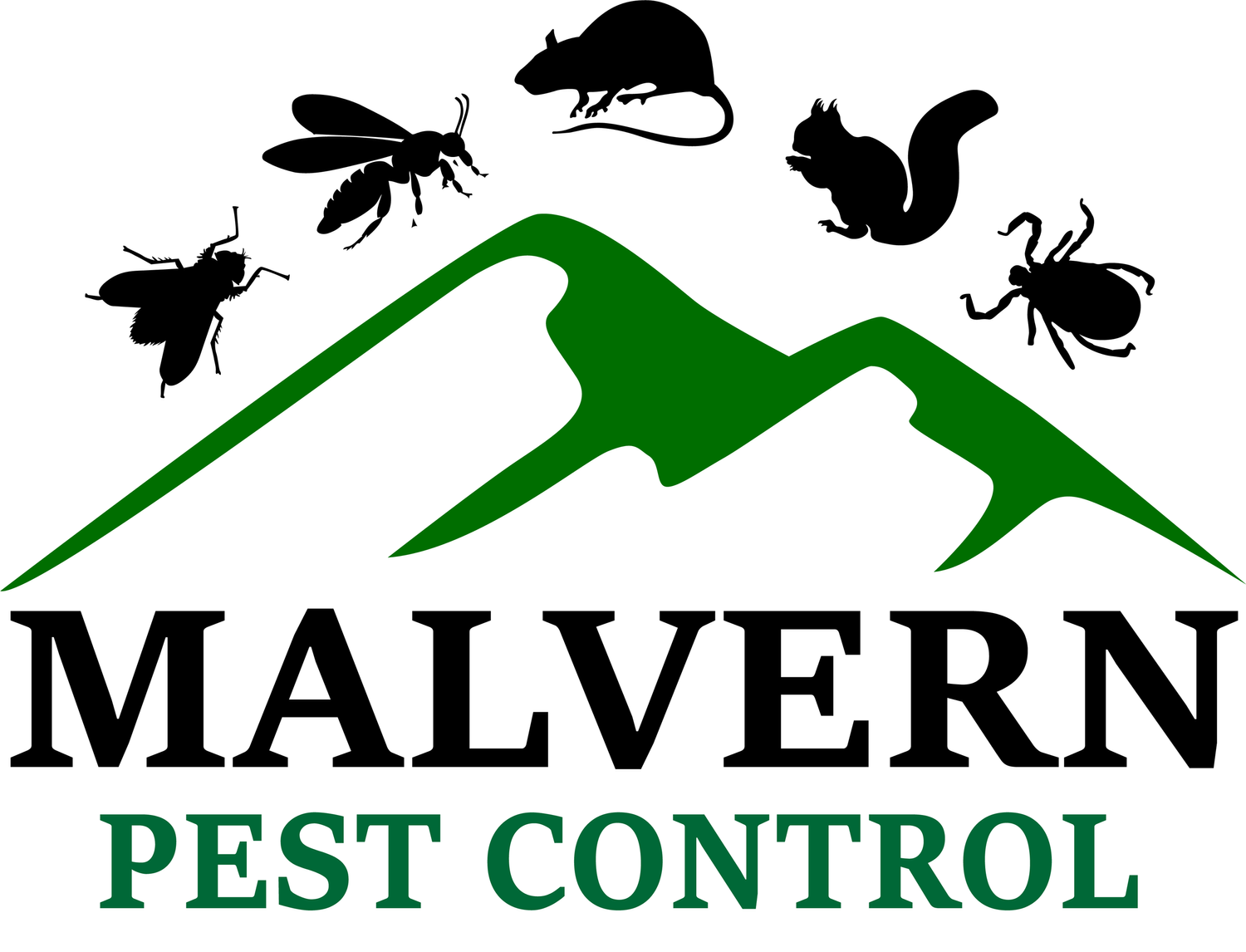Rats in UK Homes: Professional Insights into Access & Ingress Points — and How to Fix Them
Across Worcestershire, Herefordshire and Gloucestershire, a large proportion of persistent rat problems in homes are caused by hidden access and ingress points that allow rodents to move from the sewer, garden or neighbouring properties into wall cavities, lofts and kitchens. This guide distils what pest professionals routinely find on surveys, the most common building defects that let rats in, and the proven fixes that stop repeat infestations.
What Professionals Encounter on Rat Call‑Outs
Experienced technicians see patterns. While every property is different, several causative factors crop up again and again:
• Defective drainage: cracked pipes, redundant ‘dead legs’ left uncapped after extensions, failed interceptor traps and displaced joints provide a highway from the sewer to the sub‑floor.
• Airflow gaps that double as rodent doors: damaged air bricks and sub‑floor vents; weep holes left unguarded.
• Utility penetrations: unsealed holes around cables, gas, water and waste pipes; gaps behind meter boxes.
• Roofline routes: rats scaling climbing plants, soil/vent stacks and rough stonework to reach eaves, soffits and loose tiles.
• Shared structures: party walls, linked cavities and adjoining extensions that allow migration from next‑door.
• Poor proofing materials: expanding foam used alone (easily gnawed), flimsy mesh, or perished door/garage seals.
1) Drains & Sewers — The Number One Source
In domestic properties, drainage defects are the leading cause of rat ingress. Common scenarios include:
• Redundant lines not capped after kitchen/bathroom moves or extensions.
• Cracked or displaced clay pipes letting rats emerge into the sub‑floor.
• Failed interceptor traps or missing caps on rodding eyes and inspection chambers.
• Flexible waste connectors that are easily chewed.
Professional approach: commission a CCTV drain survey with a written report, then implement targeted fixes such as relining or replacing defective runs, installing one‑way rat flaps at appropriate points, and correctly capping any dead legs. Combine with internal control only after ingress is addressed.
2) Air Bricks, Sub‑Floor Vents & Cavity Walls
Sub‑floor ventilation is essential, but damaged or oversized openings give rats a straight route into voids and cavities.
Professional approach: retain airflow while excluding rodents by fitting 6–8 mm galvanised mesh behind air bricks, using weep hole guards that allow drainage, and sealing eroded mortar joints with cementitious products (not foam). Where activity is inside the cavity, inspect for bridging points that let rats move into kitchens or lofts.
3) Utility Penetrations & Service Voids
Gaps around service entries (gas, water, electrics, data) and behind meter boxes are frequent ingress points.
Professional approach: use mechanical proofing: fire‑rated steel wool backed with mortar, stainless scouring pads plus sealant, or escutcheon plates and collars around pipes. Check boxing‑in and under‑unit voids for hidden routes.
4) Roofline, Stacks, Eaves & Climbing Routes
Rats are agile climbers and can exploit vegetation and building features to reach rooftops and soffits.
Professional approach: cut back climbing plants (ivy, wisteria) below the roofline, repair broken soffits/tiles, fit rodent‑resistant grilles to high‑level vents, and check soil vent pipes and SVP boots for chew‑through points. Seal gaps around fascia interfaces and check adjoining extensions where rooflines meet.
5) Doors, Garages, Sheds & Attached Structures
Perished brush strips and warped doors create ready access from outside to utility rooms and internal garages.
Professional approach: refit brush strips on pedestrian and garage doors, install threshold seals, and proof gaps larger than a pencil width. Tidy stored materials that provide cover and runways.
6) Party Walls, Terraces & Neighbour Interactions
In terraces and semis, rats frequently transit via party walls and linked cavities. Proofing only your side can fail if the actual breach is on the neighbour’s drains or air bricks.
Professional approach: coordinate surveys where possible, examine the direction of travel (grease marks, smear trails), and consider internal proofing to isolate kitchens or lofts while external defects are fixed.
How Professionals Diagnose the True Ingress Point
A thorough investigation saves repeat call‑outs. Techniques include:
• CCTV drain surveys to locate defects and redundant connections.
• Tracking methods (UV tracking dust, inert baits) to map movement.
• Smoke or air testing of sub‑floor voids and drains to find leaks.
• Inspection of rub marks, runs and droppings to determine entry direction.
Why Tiny Gaps Are a Big Problem
Adult rats can compress and enter through surprisingly small openings — if a gap is around 15 mm (about a 1.5 cm opening), assume it’s a potential entry point. Proofing must be continuous and robust; partial sealing simply diverts activity.
Materials That Work (and Those That Don’t)
Do use: stainless or galvanised mesh, cement/mortar, metal escutcheons, rodent‑rated door seals, rigid pipework, and properly installed one‑way flap valves.
Avoid using alone: expanding foam or soft sealants — rats can and will gnaw through.
Integrated Control: Remove Rats and Remove the Route
Successful rat work combines eradication with building repairs. Baits or traps will give short‑term relief, but closing the route is what prevents the next wave. For persistent cases, schedule follow‑up inspections after drainage repairs or proofing to confirm activity has ceased.
Professional Surveys & Proofing in the Three Counties
Malvern Pest Control carries out detailed rat ingress investigations across Worcestershire, Herefordshire and Gloucestershire. We work with specialist drainage contractors where needed and provide robust, long‑lasting proofing so the problem doesn’t return. If you’re hearing activity in sub‑floors or lofts, or finding droppings in kitchens, we can help.
Book a Rat Ingress Survey Today
Don’t keep treating the symptoms. Book a professional ingress survey and targeted proofing plan today to protect your home.
